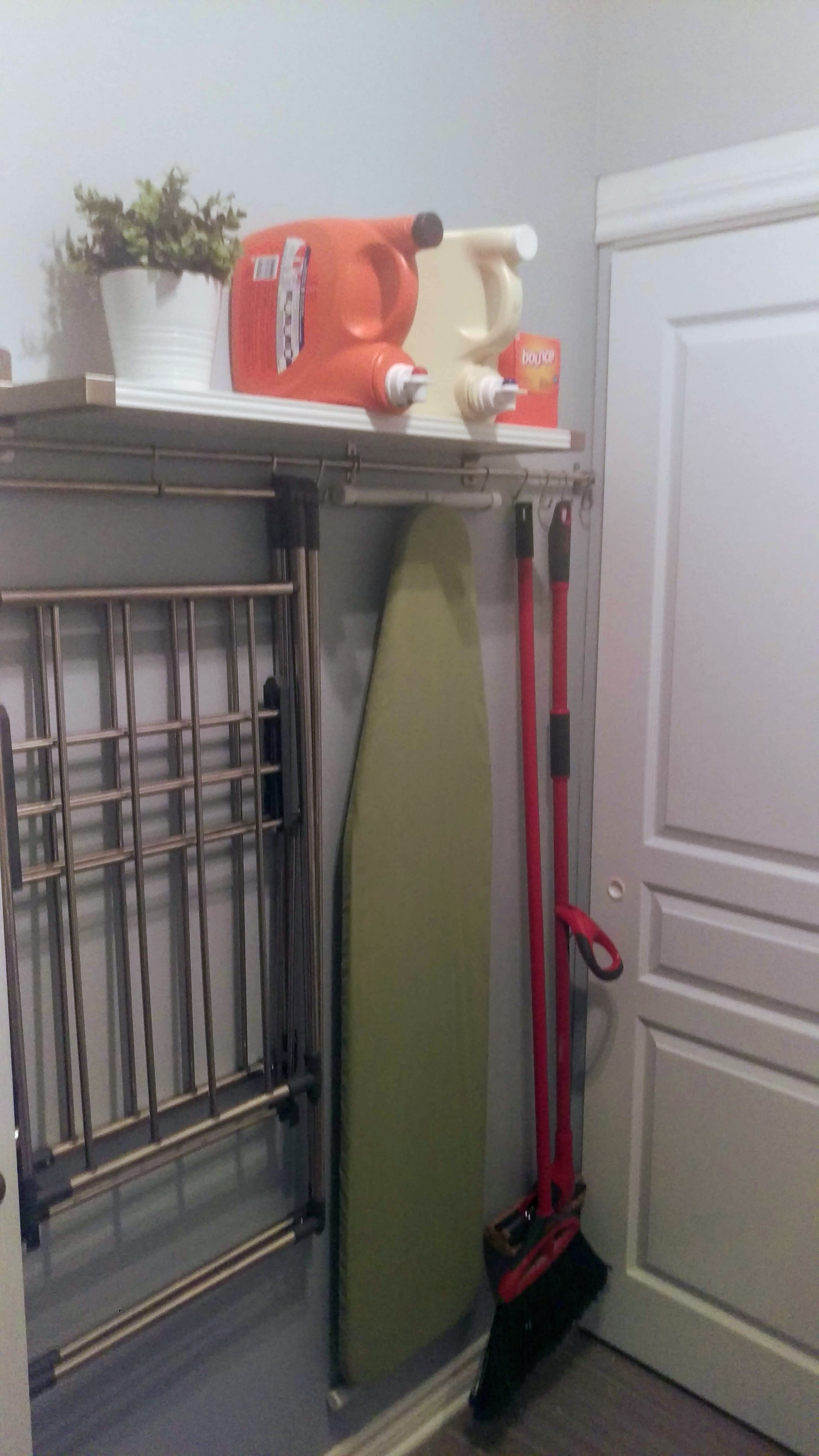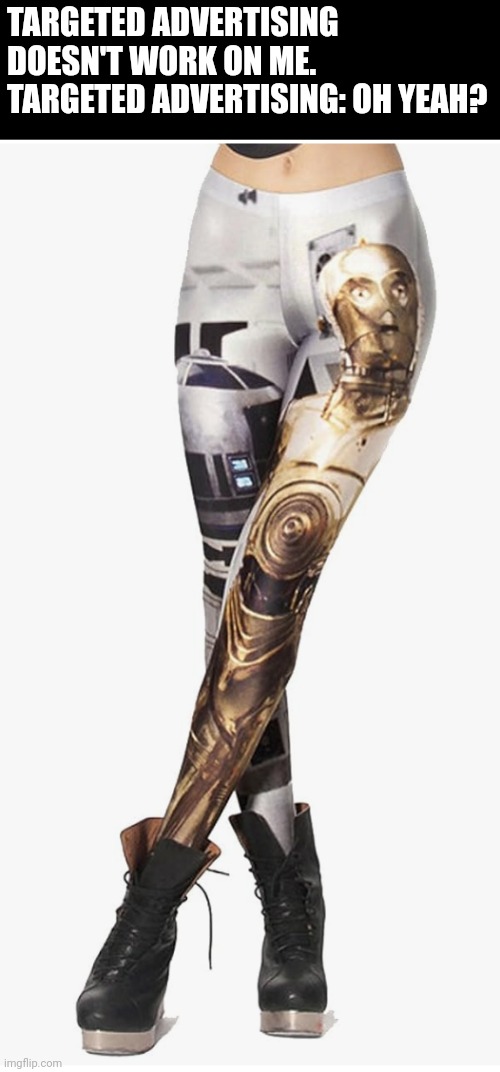Stop signs should generally be replaced with roundabouts and speed tables. Stop signs that get ignored are a great example of design not matching needs.
Nouveau_Burnswick
I agree, I'm just curious if you see more sidewalk riding because the roads are so unsafe, thus making the adjacent sidewalks unsafe, thus making sidewalks appear more unsafe than they really are.
It's not an easy factor to tease out of the data; and frankly it's a discussion that should be avoided because it pits cyclists and pedestrians into discussion about the sliver of space left over when tons is already given to motorists.
Exactly. Consider it like family X making $220,000 combined income, but paying $44,000 in federal taxes. The remaining $176 is the family's money to spent (at least before the provincial tax slice).
Edit: and to be clear, $440B is federal taxes. Some of the things you mentioned are paid for by provincial or municipal taxes.
people more often ride against traffic on the sidewalk than on the road
There may also be a case of taking the sidewalknis done on my risky roads, that is difficult to control for.
In my case I ride one section against the road on the sidewalk because the alternative is to cross a road of 80kph+ traffic twice in 600m with a toddler. In the other direction we ride on the road because we don't have to cross it, and the traffic is usually only doing 10 kph.
We built car dependancy starting in 60, though about 80 in ernest.
We fucked our cities over 40-60 years, and we're seeing the turning point happen in real time right now. Most cities have the policies in place now, or coming in the next 5 years.
On the roads side there's a 45 year lag for recapitalization. On the construction side, harder to tell.
It won't happen in my lifetime, but it will happen in my kid's.
Stay the course and we can do it.
Because we tax ~0.44T on our 2.2T GDP. Or about 20%.
How so?
On a bicycle in Ontario I can get stopped roadside and forced to prove I can stop from 20kph in 30m on flat pavement, have a working head and tail light, have two separate functioning brake systems, have a bell, and have reflectors on forks.
There's another tranche of rules for ebikes.
No similar rules exist for cars, with maybe the exception of the stereotypical busted tail light.
Canada total spending is $450B
But $120B of that is discretionary excluding transfer payments.
So we're looking at a whole of government reduction of $18B for 15%. Transport Canada spends $25B on roads.
Stop subsidizing inefficient personal vehicles by making people absorb the real costs of them and we can make that cut in seconds.
Here the charge is nothing.
https://www.thewhig.com/feature/kingston-ontario-cyclist-fatality-police
Thankfully, lessons from Europe seem to be penetrating Canada now; at least in the more urban areas. I saw some fantastic progress living in Montréal. Ottawa has the right ideas despite the master plan not being clear to people yet. Toronto was on the right path, but we'll see what provincial pressures do. My current town of Kingston is late to the party, but we've got momentum in the right direction.
We spent 50+ years changing our built environment to "optimise" for the car, even with the best intentions it's going to take time to change again.
Roads should be designed so that it's uncomfortable to drive above the targeted speed limit.
Things like road narrowing, speed bumps, bulb outs, lane adjustments, speed humps, pavement decorations, one way chokepoints, etc.
Current the Ontario road geometry supplement requires streets and roads to be geometrically designed to be at least 20kph higher than the posted limit. Well guess what, you want to naturally drive the design speed instead of posted.
Lower design speeds and target the remaining maniacs.
Quick video explaining speed of the measures I brought up (and why they work): https://www.youtube.com/watch?v=NmxBcrXpClg










If people are bad at driving, then you need more non-driving options so they don't have to drive.
I've got a friend in the Toronto area who is a terrible driver, knows she's a terrible driver, and is insured at terrible driver rates; but there's just no practical alternative for her.